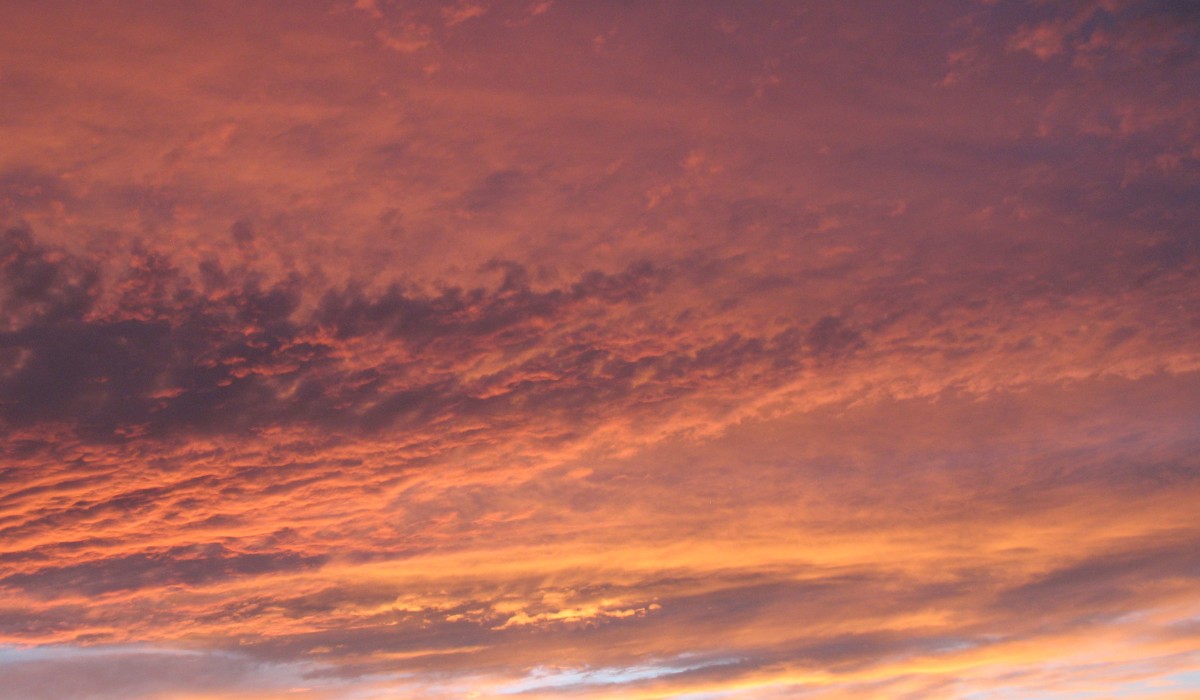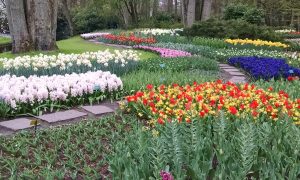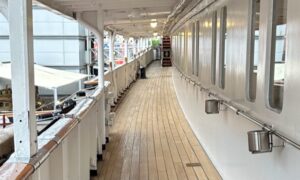by Kate Dernocoeur, guest blogger
I am in the dark, last in a line of 16 people. Surrounding us, draped heavily, is sheer black, utter quiet. The old-fashioned lanterns we carry swing on wire handles, casting uneven light on the jagged tunnel floor.
It’s not my usual choice of destination, this place. I prefer open range under a dome of blue sky, or mountains, or rivers. I like the feel of a cooling breeze, and the sound of it whispering through the trees. I like birdsong, and spotting wild animals. I like the colors of lichen, and sunsets. This place is alien. From behind me, when I peek back, comes a spooky foreshadowing of the dire completeness of a tomb. If our lanterns went out, we’d be in serious trouble.
Thus I am introduced to Jewel Cave, the second longest cave in the world. The “Lantern Tour” is intended to give visitors a feel for what the cave was like for early explorers. I know I would never be one of them, no way. It’s a steady 49 degrees in here, and the guide books say there are nine species of bats sharing the space with us. I don’t mind bats—but who knows what else could be lurking behind me, creeping along like Gollum, or worse?
Nonetheless, this experience is worth the stopover in southwestern South Dakota, near Custer and the famous Black Hills. In sore need of a day off after an intense month of study and practice at the Wilderness Medical Institute in Lander, it’s a grand way to break up the long drive to Michigan from Wyoming. My foreboding aside, Jewel Cave is, indeed, a gem and geological wonder. Burrowed under the plain hillside above where we have left our cars are 150 surveyed miles of underground passageways. A vast area—larger, they say, than what’s already known—is as yet unexplored. Crazy. On maps, it looks like a three-dimensional circuit board.
It’s actually called “Jewel Cave National Monument,” established in 1908 and transferred to the US National Park Service in 1933. Just 53 miles south of Rapid City, it’s only a few miles up the road from Wind Cave National Park (established in 1903). Together, they represent two of the more than 300 sites of American heritage —natural, historical, military, and otherwise—preserved by the United States National Park Service.
After the lantern tour, I take a regular tour at Wind Cave. The group winds easily along a smooth concrete path. Artful illumination lets us see the grand natural design of this place. We traverse immense underground rooms and witness phenomenal geological formations that took million of years to develop, especially the profusion and variety of boxwork, a rare cave formation, for which Wind Cave is noted.
Wind Cave’s immense warren of tunnels is also barely mapped—but I will not be joining the intrepid few who enjoy camping out inside these hills for up to four days, out in the far reaches of the cave, seeking new corridors.
Author bio: Kate offers photos of the journey from Wyoming to Jewel Cave National Monument and Wind Care National Park because, well heck, it was dark in there! She is a newly-recertified EMT whose near-term travel goals include staying above ground.
Hidden Treasures in the Black Hills











Comments
1 CommentSusan
Sep 19, 2011Thanks for sharing this experience Kate. Love the photo of you at the end.